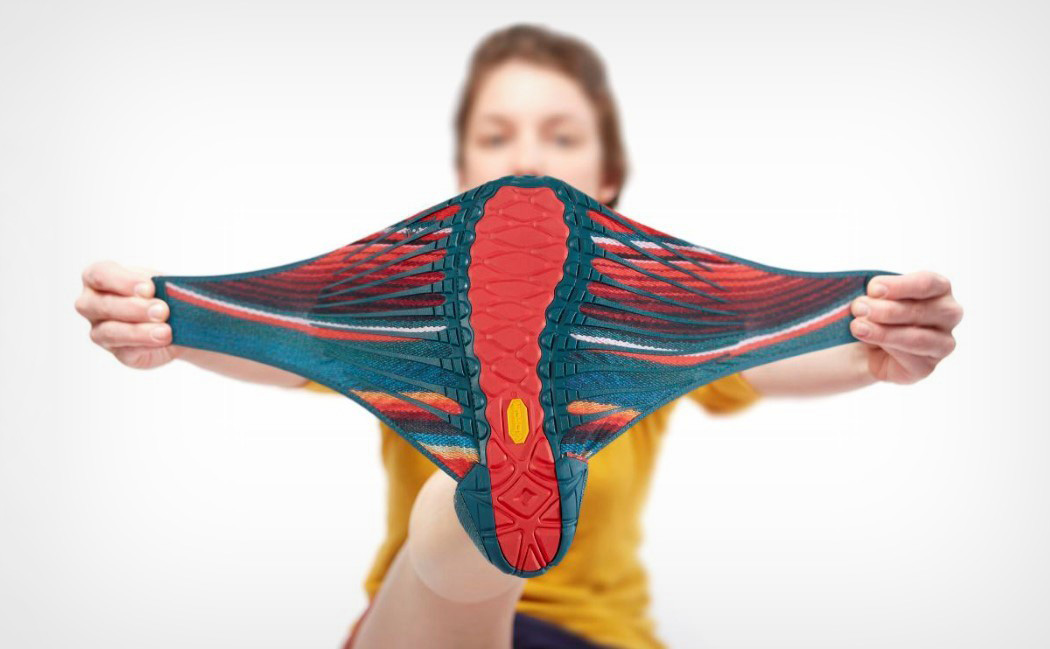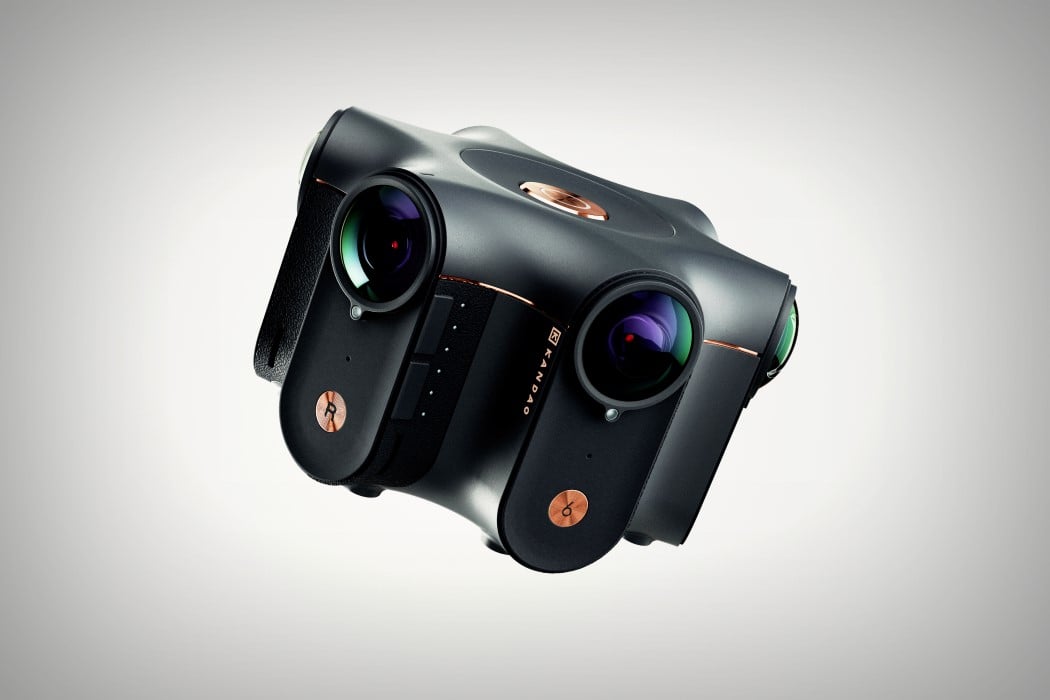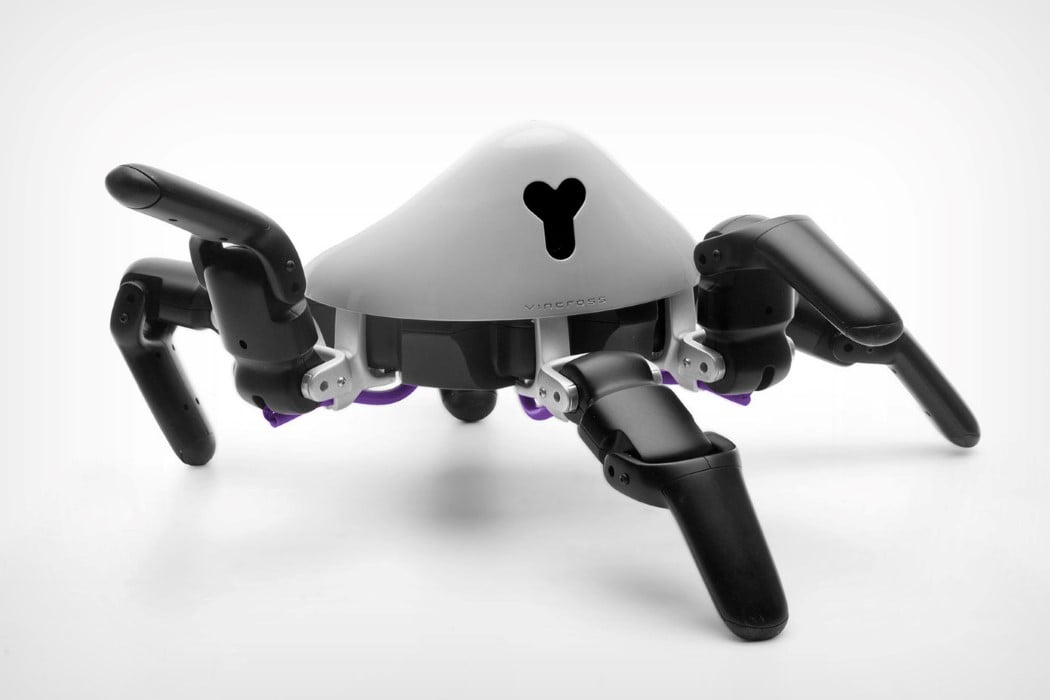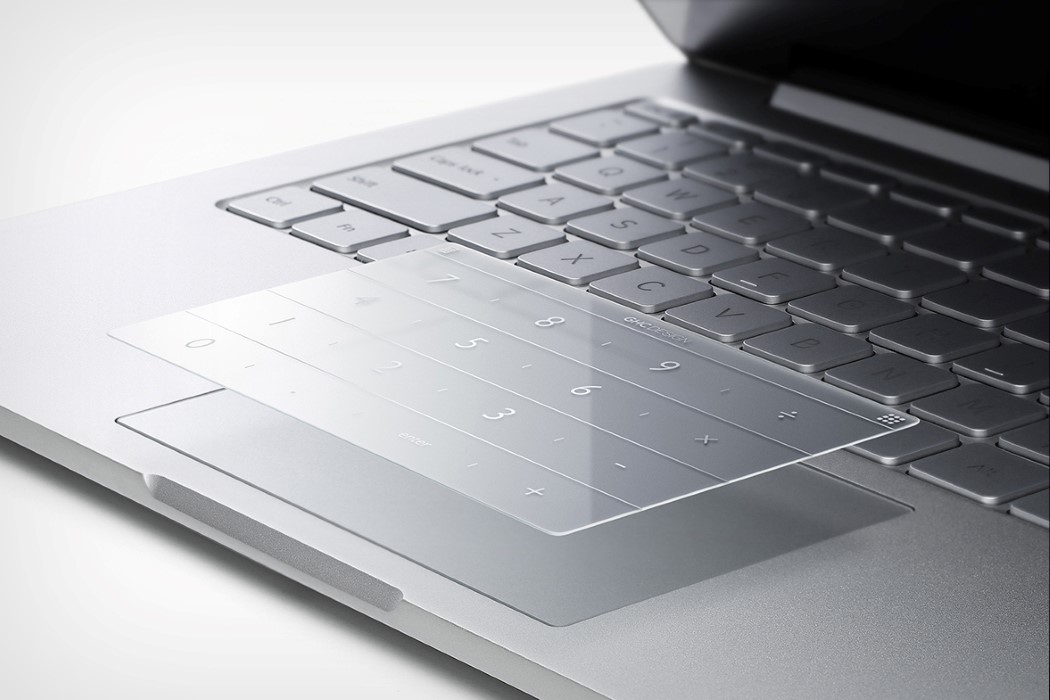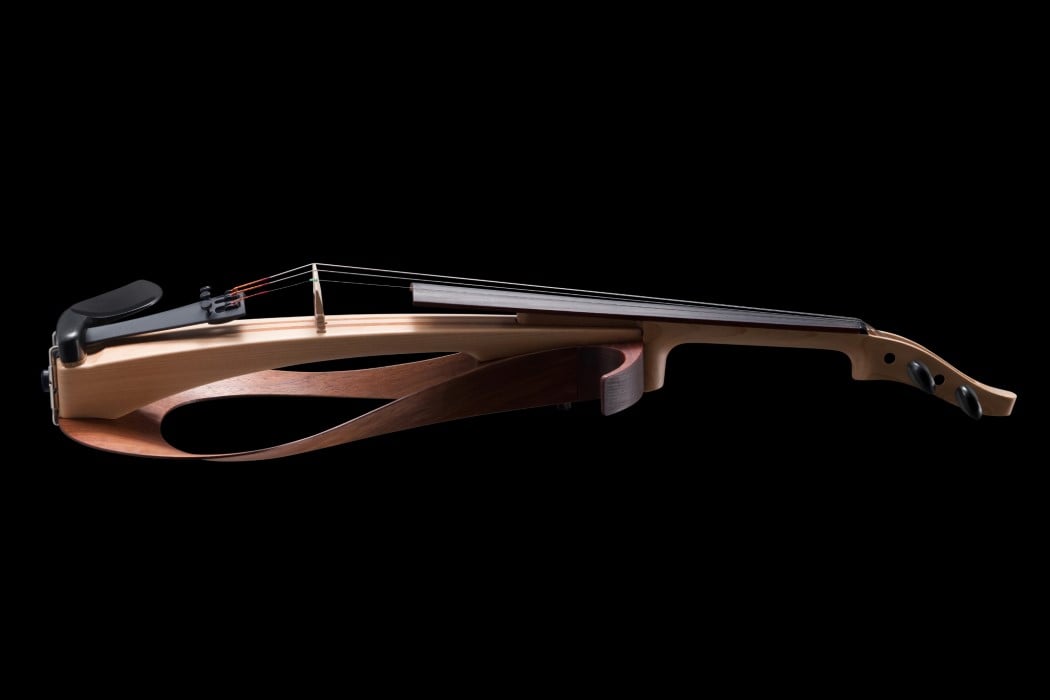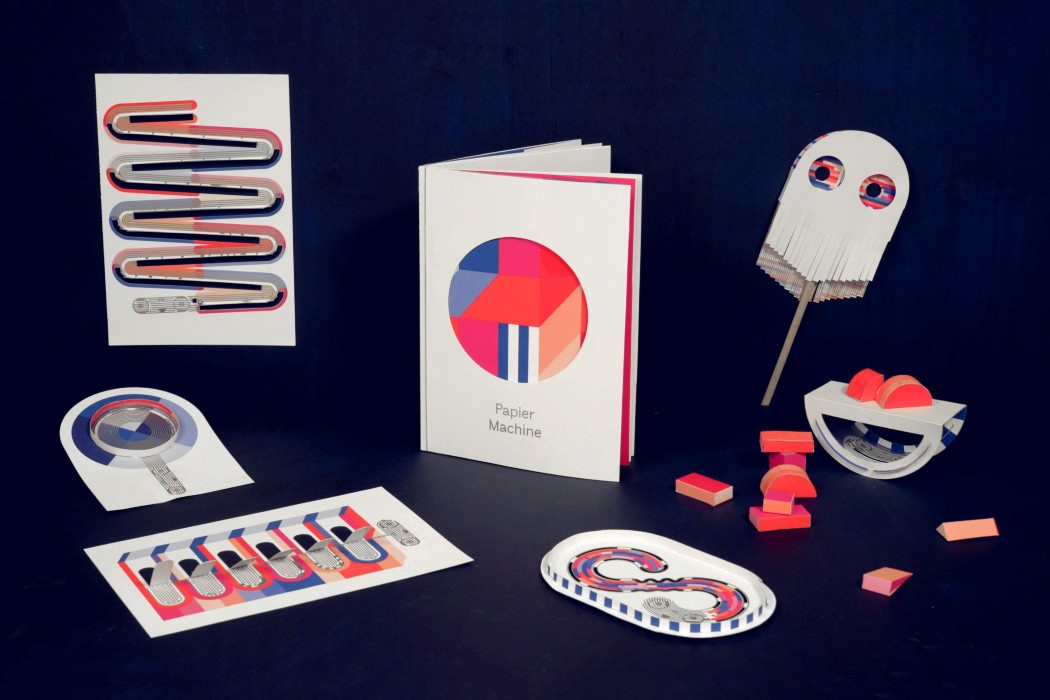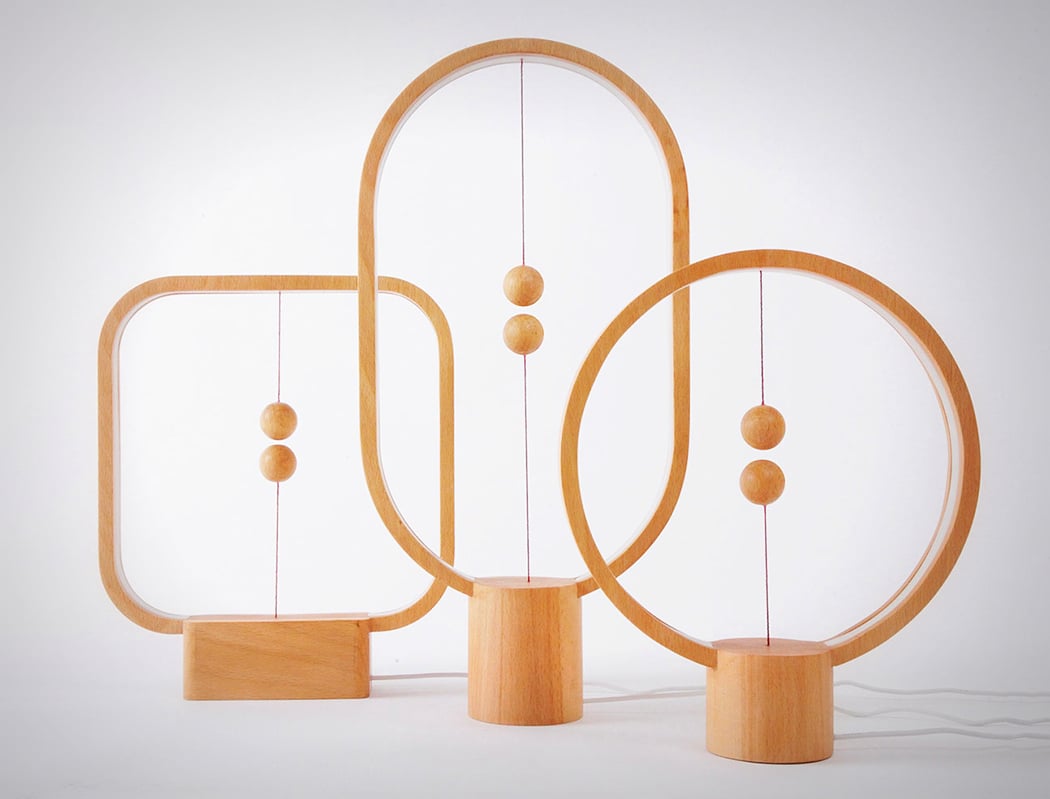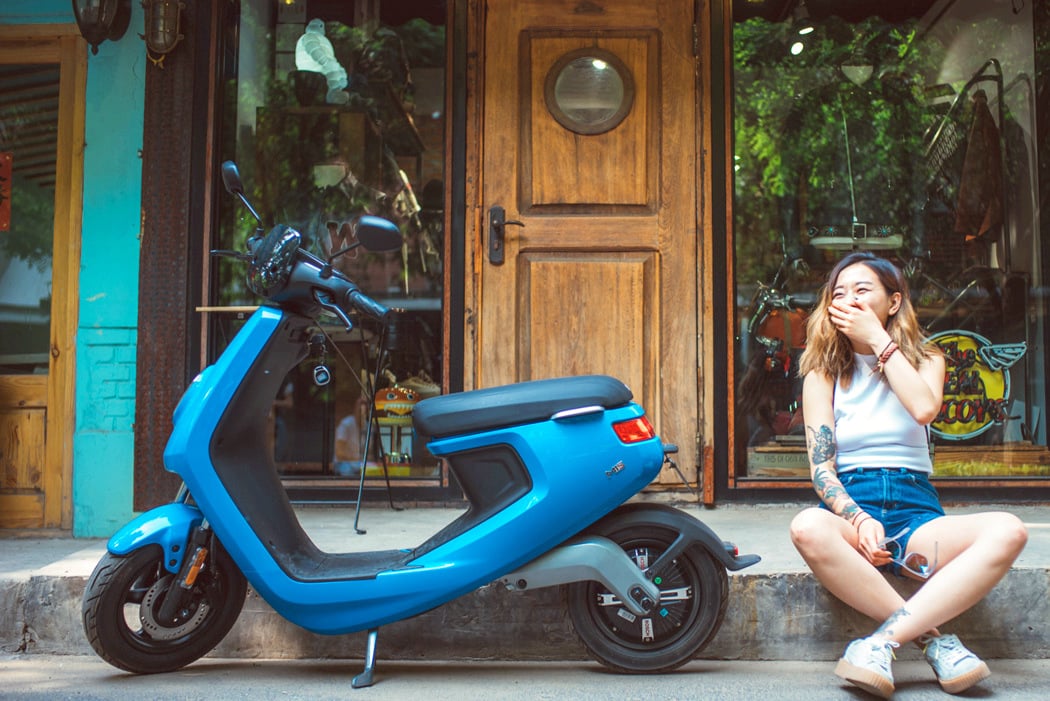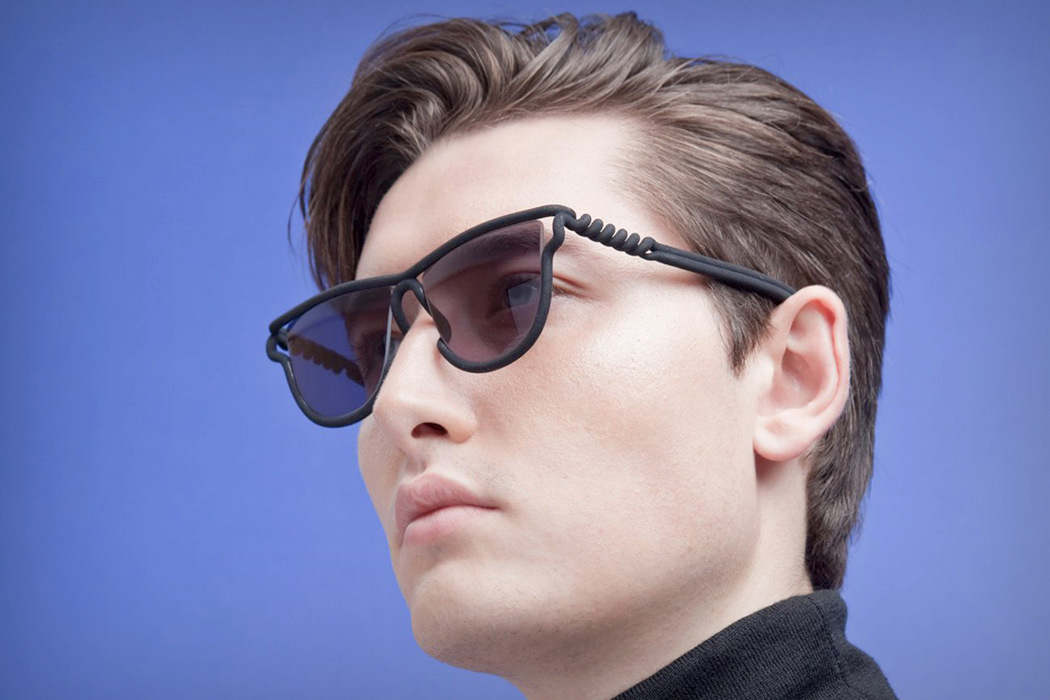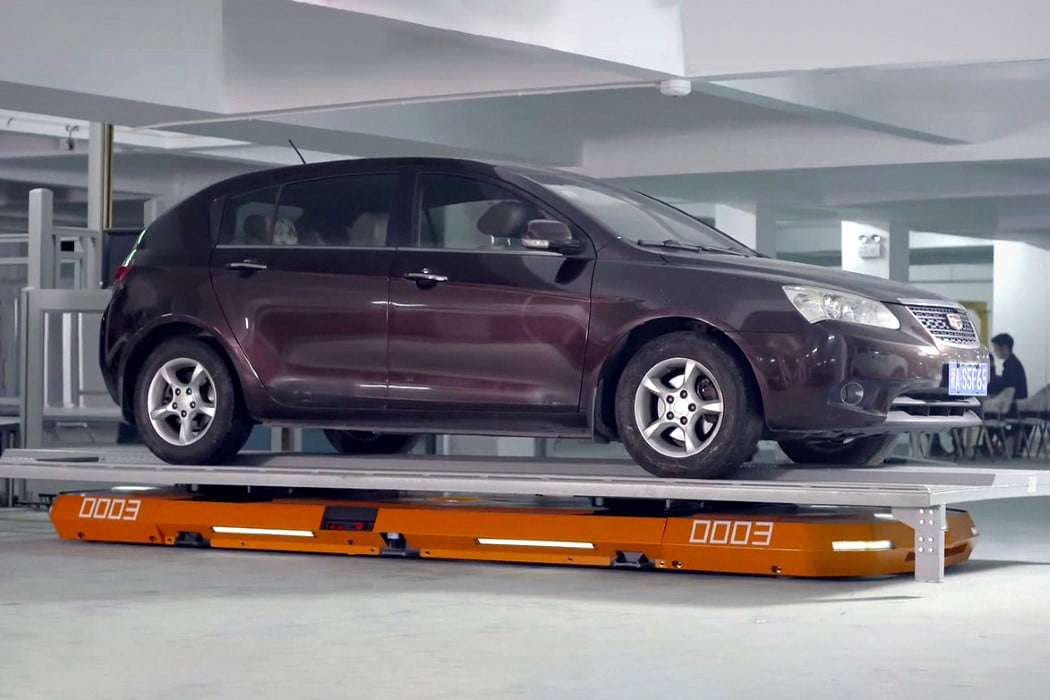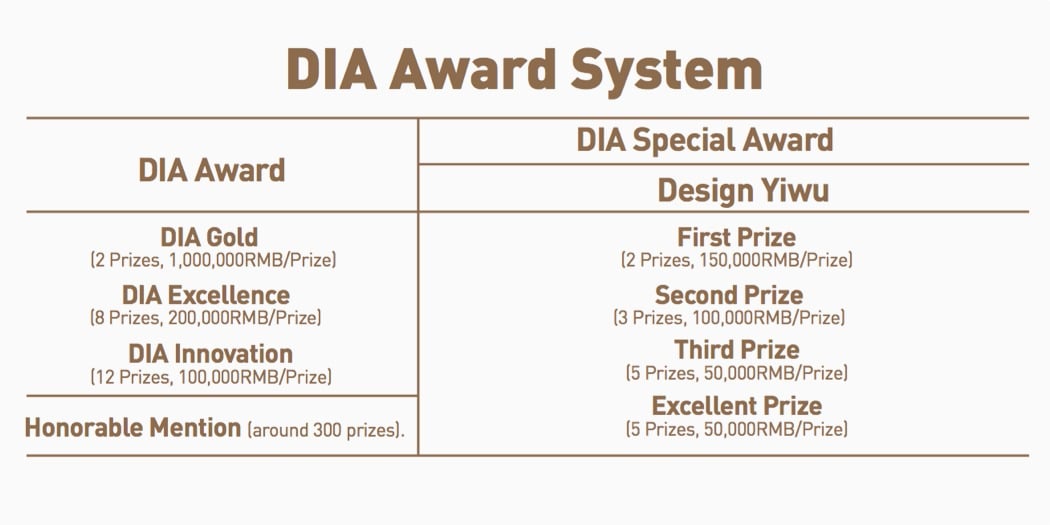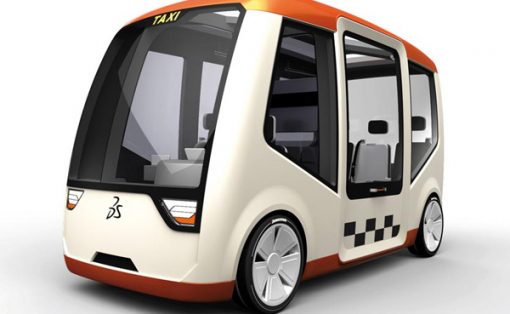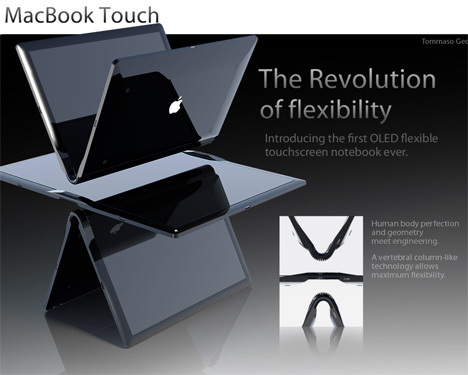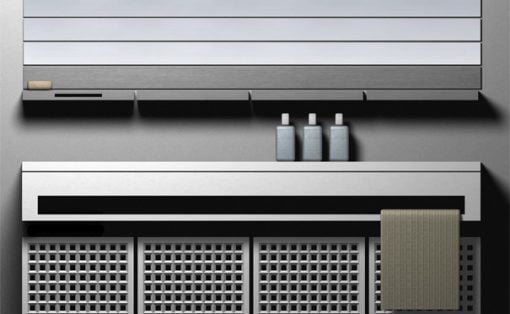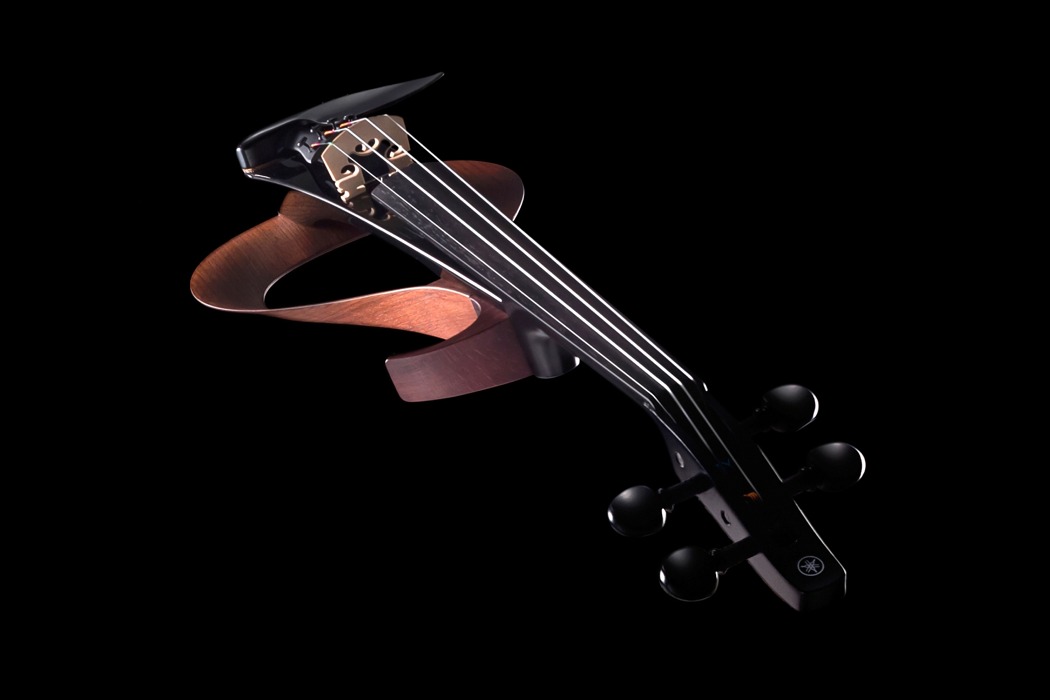
Design awards are often a mechanism to discover good design. A panel of judges help identify designs with potential, and reward them for being a good concept, or having a good execution. China’s premiere awards program, the Design Intelligence Award (DIA) operates on a slightly different path. It doesn’t just discover good design. It develops it. Working in part like an award program and in part like a product accelerator, the DIA Awards have a long, arduous, meticulous process. They identify good work, but push it to be better. Great designers convene to form jury panels who spend day after day looking at projects and participants are put through what one might consider pretty effective crash course in design, presentation, and innovation. Not just winners, but even participants come out with insights and skill-sets that put them on a pedestal, because the DIA Awards don’t define talent… they refine it too.
The DIA Awards differ from most award programs primarily because of this intricate and methodical judging process, which almost borders on educational, feeling like an evaluation you’d get at a design university, rather than a divided panel of judges. Feedback and criticism are constructive, and the DIA Award approach to judging projects is extremely holistic, taking into account everything from the quality of its concept, to its usefulness, feasibility, impact on a personal as well as global scale, its sustainability as a product and as a business, and its marketability. Its judging process is broken into three segments too. The first round of judging happens online, as jury panels spend an entire week analyzing projects with potential. The second round is done on-site, as jury members interact with the physical product, judging it up close, and on a much more real and tactile level. The third round is where things get interesting. Imagine giving your own TED talk about your project… The third round is just that! An oral evaluation round, where contestants are required to present their idea in the format of an oral presentation to an audience of judges, business heads, media personnel, and consumers.
Good design comes in many shapes and forms, which is why each design need individual attention and a fresh approach. The exhaustive judging process for the DIA Awards involves closely inspecting and reviewing every aspect of every product, down from its brief, intent, to its visual expression (your presentation and rendering skills), to description, proof-of-concept, and finally to your ability to talk about your product. After this degree of scrutiny, the products that emerge victorious truly look a class apart. They’re clearly defined, well-designed, and address a very established void or need in the marketplace. Winners of the DIA Award receive a hefty cash prize that goes up to 1 million RMB (approx. $145,000 USD), and are armed with all the skills and assets needed to take their product to the next step. Winners also get inducted into the “DIA Platform”, a platform that integrates hundreds of venture capitals, incubators, manufacturing enterprises and governments. Excellent participants are also invited to industrial events including capital docking, product hatching, intellectual property auction, etc.
Sending your project through the Design Intelligence Awards helps accelerate its growth and put the project as well as you on a trajectory to success. Scroll below to look at some of the winners of the DIA Awards over the years. Chances are you’ve probably heard of or seen them somewhere or the other, just because they’re so brilliantly defined, designed, and executed!
Click Here to Submit Your Designs Now! Last Date for Submission: May 29th, 2019.
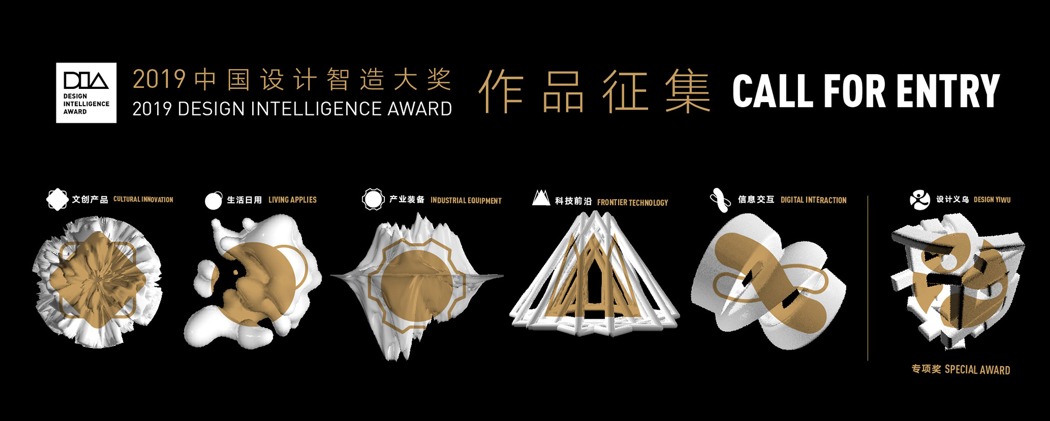
Below: Winning Designs from DIA 2018
Vibram Furoshiki by Vibram S.p.A.
Ditching shoelaces, velcros, and those new-fangled self-lacing robotic shoe-fastening alternatives, the Furoshiki by Vibram is an innovative new way to wear shoes.
Developed by Vibram, a leader in outdoor, leisure, work, fashion, orthopedic footwear, the Furoshiki’s revolutionary nature comes from the way it’s work. The Furoshiki is a flat piece of footwear that wraps around the foot, securing it in place. This wrapping action allows the shoes to secure themselves tightly around your foot, taking its shape. Additionally, the shoes can be manufactured and shipped as singular, flat SKUs, making them economical.
A winner of the DIA Excellence Award, the New Vibram Furoshiki “wrapping soles” are comfortable, secure, light, easy to carry around, easy to clean, and most importantly, easy to wear!
KanDao Obsidian 3D VR Camera by JU&KE Studio
Colored black to look powerful and premium, and christened Obsidian because it’s an unshakeable force to reckon with, KanDao’s VR camera comes with 6 fisheye lenses arranged in a hexagonal layout. Here’s where the mind-boggling feature list begins. The Obsidian doesn’t just shoot in 360°. It shoots in 3D 360°, and at a boggling resolution of 8K, using a clever algorithm that processes both left and right channels, stitching together the videos and images captured in real-time.
Awarded a DIA Excellence award, the Obsidian is beautiful, useful, and innovative. Its design combines aspects of sheer desirability, with an interplay of matte black and copper, and contains an absolute powerhouse of technology on the inside!
HEXA Robot by Vincross Inc.
With 6 legs that give it much more dexterity and balance than a quadriped, the HEXA is a talented, adorable robot that can walk on any surface and perform quite a few tasks. The all-terrain hexapod comes with an open operating system, a web camera, multiple hardware interfaces, and a powerful SDK, which you can use to develop skills for the robot, using basic If/Then tasks to give it commands. HEXA can react by walking, waving, grabbing, sending data or controlling connected Internet of Things devices.
The DIA Innovation Award winning HEXA successfully completed its kickstarter campaign, and even secured another design award on the way to its design and commercial success!
NUMS Ultra-thin Smart Keyboard by Beijing Luckey Technology Co., Ltd.
NUMS’ stunning innovation comes from its conceptual simplicity and functional effectiveness. It recognizes a problem, and solves it in the most ingenious way possible, without extra moving parts, and without a learning curve. A simple transparent piece of plastic with adhesive at one end and no circuitry whatsoever, the NUMS just sits on your laptop, giving you the magic of a numpad (and much more) on your portable computing device.
The sticker, aside from acting as a protective guard for your trackpad, bestows it with the powers of a virtual numpad. Install the NUMS driver and you’re ready to go. Swipe down diagonally from the top right corner to toggle between trackpad mode and numpad mode. The NUMS can be used for crunching numbers, keeping accounts, and even for games! Moreover, within the NUMS software, you can program buttons to act as hotkeys and shortcuts, allowing you to open softwares, run scripts, and just be an absolute powerhouse of productivity!
Securing the DIA Excellence Award, the NUMS is just ingenious as it is simple. It provides extra features without any compromise or additional effort… and it’s so thin you practically don’t notice it. Who thought a small plastic sticker and a powerful idea could accomplish so much?!
YEV Electric Violin by Yamaha
Electric instruments, unlike acoustic ones, don’t rely on air vibrations to generate sound. They do it through fluctuations in a magnetic field caused by the vibrating strings… so in essence, an electric instrument doesn’t need to be voluminous, or hollow. The YEV capitalizes on that, with its intriguing body that explores organic curves and a skeletal design. Extremely strong and lightweight, the YEV stands out on stage for having no apparent rear surface regardless of the angle it is viewed from, and truly shines as a bastion for creativity… an essential in music! Available in both 4 and 5 stringed variants, this DIA Top 100 Award winning instrument is also backed by Yamaha’s world class audio engineering.
Papier Machine by Marion Pinaffo & Raphaël Pluvinage
Designers Marion Pinaffo and Raphaël Pluvinage are using paper to build simple machines and gadgets. Titled Papier Machine (a play on the word Papier Mache), the designers compiled a 13-page book where pages can be torn off and folded into various different electronic mini-machines and sensors (that can sense mass, humidity, wind, and even color… all made out of paper!), powered by simple off-the-shelf batteries. The DIA Excellence Award winning paper electro-toys rely on special types of conductive ink that are screen-printed onto the pages, bringing much more to the table than just colorful visuals. I wonder what we’ll be able to do with paper next?!
Heng Balance Lamp by Zanwen Li
The Heng Balance Lamp is perhaps one of the best examples of how awards and coverage can absolutely propel a design! This DIA Top 100 Award winning lamp is a brilliant way of showing how a product interaction that is taken for granted can be turned into a new experience that’s so entertaining, rewarding, and enriching, it absolutely piques your interest… even if you were looking at a video of it online! The Heng Balance Lamp operates rather simply. Two wooden spheres (with magnets within) are secured by strings on either end of the Heng’s inner periphery. Lift the lower sphere closer to the upper one and magnetic attraction causes them to pull towards each other, and to tug on the lower string, causing the lamp to switch on. Break the magnetic attraction and the lower sphere goes limp, and the light switches off. I could probably do this all day!
Niu M Electric Scooter by Beijing Niu Technology
Designed to breathe a new breath of life into the category of electric scooters (which have been around in China for a long time), the Niu M1 is a visual reawakening for the category, making sustainable zero-emission transportation aesthetic and cool again. The Niu M1 is bold, has a clearly defined design aesthetic, silhouette, and color palette. Designed and optimized for a brilliant riding experience, the M1 comes with a robust, ergonomic design and even includes anti-theft measures by allowing the bike to communicate any alerts to you via the Niu app. The DIA Top 100 Award winning bike rekindles the love for electric scooters with its friendly, fresh design… plus that circular headlight is virtually iconic!
Mono 3D Printed Eyewear by ITUM
Imparting a new aesthetic to eyewear is just one of the things Mono does. It also makes spectacles, a product heavily dependent on ergonomic and anthropometric design, easy to customize. Made in a single piece, these eyepieces can be adjusted to suit your facial measurements, giving you a great (or quirky) looking pair of spectacles that fit your face perfectly. Aside from that, print the Mono spectacles in a resilient, robust polymer and they can resist breakage, giving you a pair of specs that don’t accidentally shatter if you sit or step on them. A winner of the DIA Top 100 Award, the Mono spectacles are innovative and disruptive on many levels. They can be customized, are designed to be flexible, and come with an innovatively designed spiral hinge that gives the temple-pieces their flexibility. Additionally, the lenses on the Mono can easily be ejected by applying pressure with your fingers, giving you the ability to slip in tinted sunglass lenses whenever you want!
HikVision Parking Robot by HikRobotics
Perhaps the most useful application for self-driving tech is in the area of driving that annoys most drivers. Parking. Hik Vision’s self-driving palette helps out by doing that task for you. The robot sits under a metal platform that carries your car. All you do is drive onto the platform, making sure your car is perfectly positioned on it, and parking robot does the rest. Using inertial navigation, visual navigation, and a set of wheels that allow the palette to travel in any direction, including rotating in place, the robot carries your car to the nearest parking spot and gingerly lowers the platform down onto the ground. Once summoned, the robot lifts the platform and your car up, and carries it back to you, eliminating pretty much any undesirable parking experience you’d otherwise have if you were parking the car yourself.
The HikVision Parking Robot is a winner of the highly coveted DIA Gold Award because of how simply it executes and solves a complex problem that automotive companies still haven’t cracked. It uses self-driving technology in an area riddled with user-problems and solves all of them effortlessly. Imagine never having to worry about parking your vehicle ever again!!
– DIA Award is set awards of Gold Award (2 Prizes – $145,000/Prize)
– Silver Award (10 Prizes – $29,000/Prize)
– Bronze Award (10 Prizes – $ 14,000/Prize)
– Honorable Mention (around 300 prizes)
– “Design Yiwu” Special award is set awards of First prize (2 Prizes – $21,000/Prize),
– Second prize (3 Prizes – $14,000/Prize)
– Third prize (5 Prizes – $7,000/Prize)
– Excellent award (10 Prizes – $1,500/Prize)
Click Here to Submit Your Designs Now! Last Date for Submission: May 29th, 2019.

